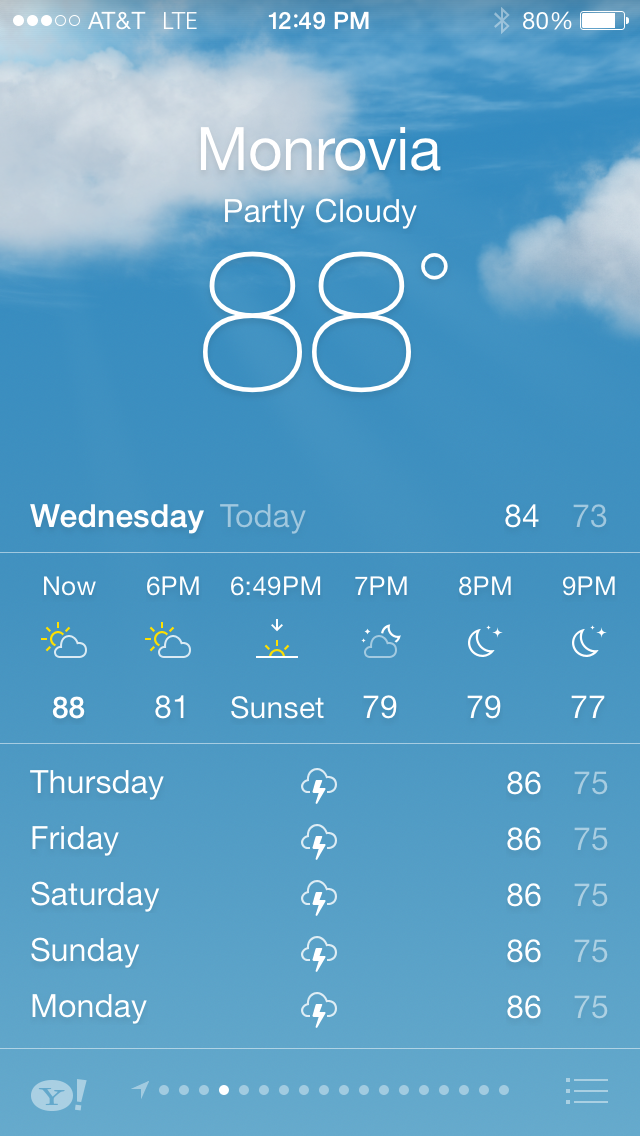One of post-conflict Monrovia’s primary architectural characteristics, featured through the M2M Architectural Tour, has been its ruins. The city is bookended by abandoned monuments, or rather monuments to abandonment—the never-was Ministry of Defense in Congo Town as you enter the capital, and the Ducor Hotel, situated both at Monrovia's highest point and atop the termination of the long Mesurado peninsula (with the oceanside Hotel Africa complex in Virginia as an eastward outlier). Megastructures of the country's former affluence and importance dot the cityscape: the Pompeii of Post-Conflict.
Aside from these larger commercial complexes, there have always been lots of smaller-scale ruins across the city, from shells of sprawling split-level '70s ranches the fin-de-belle-époque to skeletons of historic mansions in town. If the hulks of five-star hotels and the unfinished frames of intimidating ministries are mausoleums of Monrovia's Cold War relevance, these domestic dilapidations mark the graves of personal tragedies: families and businesses fallen.
Carey Street, 2008 & 2009.
In Central Monrovia, there have been half a dozen such ruins featured in
the Architectural Tour over the last five years: a few compelling examples where an intact, multistory stone or concrete shell stood vacant amid the crowded, chaotic bustle of the town. a Victorian-style façade, still grayish-white with old paint and once-resplendent with double-height front porch, now rooflessly houses a carpenter's yard on Carey Street. About a block away, a grandiose triple-decker whose front entry had been built out into a video club and garment shop, the front parlor home to a wide, green plum tree that reaches up to the crumbling eves, a second vines over the back of the house.
Carey Street 2009.
The most magnificent of all, unquestionably, was the Ruin on Camp Johnson Road at the corner of Carey Street. Like so many of Monrovia's old buildings, its original purpose was difficult to ascertain, although by its size and location is was almost certainly an anchor of what was once Monrovia's fifth avenue shopping street. Taking up an entire lot, the four-story high structure had five wide windows all around, and some sort of interior circulation shaft, perhaps a central stairwell, or almost as if a larger building had been built up around the outside of a smaller inner building. Whatever the relationship between the two elements, they unmistakably recall an outer peristyle and inner
cella of a Greek temple.
Camp Johnson Road, 2013.
The scene is made rather less like the Acropolis in Athens and rather more like Angkor Wat by the last and third element: a massive, vining tree, sprouting knottily out the inner sanctum and over the top of the concrete structures like a dome. At its ankles, like many other of Monrovia's ruins, was an arcade of small shops, a bustle of hustle: a baby-care store, a bar and restaurant with an enclosed sitting area, painted in bright lime green. If Monrovia is post-colonialism's Rome, than here is a scene of Canaletto, or at least of Hubert Robert, as the ordinary citizens reoccupy the old edifices, not to keep their livestock, but sell plastic toys and warm Club Beer.
Hubert Robert, French. Roman Ruins, c.1760.
This arrangement was an arresting site. First, like all of Monrovia's other war wreckage, it is ruin porn, less ironic than the Ducor and less hilariously menacing than the Ministry of Defense, as the previous life of the building is not evident. It is striking both for the visual orchestration, and that such a feral germination had proceeded with only disregard and accommodation, without intervention or mitigation—without anyone on the busy street around it taking any action to stop it.
But it has stopped. As of earlier this week, the concrete-block walls have been knocked down. A pile of rubble covers the twisted roots of the thick-trunked tree, which will undoubtedly meet the blades of chainsaw in the coming weeks.
What will come in its place here is not known: another cement shop front, with heavy iron doors, selling used mattresses or auto parts. Perhaps the second floor will be apartments. A diesel generator will run outback. One more store for Camp Johnson Road. Jobs will be created, commerce will commence: it will be another step in the march of progress and recovery, and Monrovia will become more like every other West African capital, with one less of its unusual sights.
Special thanks to Glenna Gordon for use of her Instagram photo. All other photos ©Matthew M. Jones.

























.jpg)



